ACT Cross-National Longitudinal Study is a 6 years project (2017-2021) launched by Aging + Communication + Technologies Lab. This project aims to answer two main research questions. The first deals with potential for displacement of traditional dominant media by innovative communication practices within the older audience of new media, requiring analysis of media repertoires and habits. The second question relates to the effects, dynamics and level of globalization of this process, calling for a cross-national and longitudinal approach. The ACT cross-national longitudinal study gathered panel data in three waves (2016, 2018, and 2021) and it involved teams from Austria, Canada, Denmark, Finland, Israel, Netherlands, Romania, and Spain. This ACT mega-project has offered a unique opportunity to create a comparative data set, as well as collect longitudinal data over a five year period, using a continuing group of participants.
Now in the fourth wave of the study, the focus has shifted to the Romanian context. Romania is a country which once had one of the lowest rates of internet use among older adults and has seen rapid evolution in internet adoption in recent years. However, despite the increase, internet use among seniors in Romania is still rather modest (40% to 50% of the older adult population). Compare this to countries like Finland or the Netherlands which the previous phases of this study has shown have internet rates usage closer to 90% for this population. This disparity in mind makes Romania a prime case study to research the challenges facing this group and the changes in the media landscape over time. This fourth phase of the longitudinal study largely replicates the previous iterations of the study. It uses a largely similar questionnaire and records the change in media pattern of a sample of older adults over a period of eight years.




